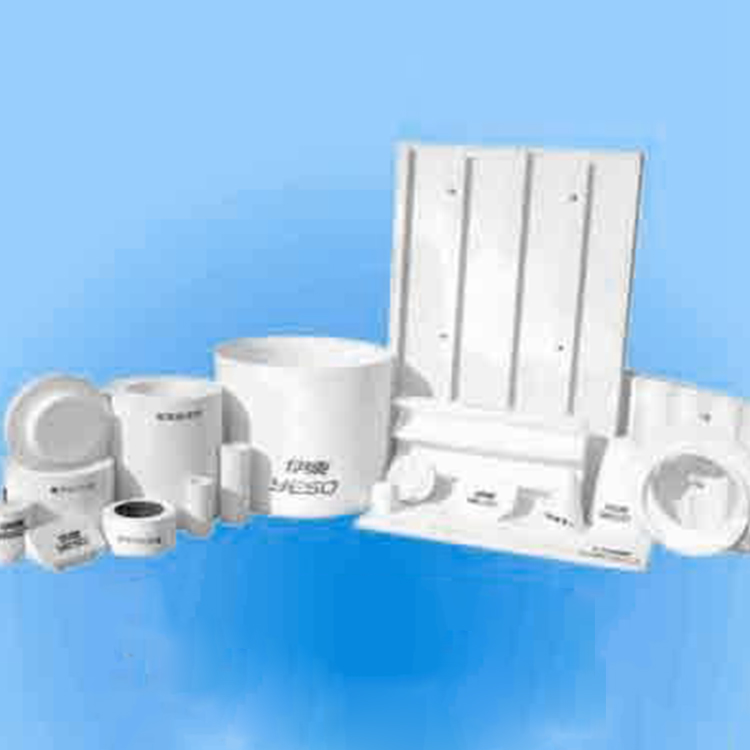In the highly specialized field of ceramic manufacturing, the kiln furniture, particularly the pallets, play an indispensable role in shaping product quality and production efficiency. This article delves into the profound impact of premium composite corundum-mullite pallets’ structural design on ceramic firing outcomes. Through precise geometric optimization — including groove distribution and thickness gradients — coupled with thoughtful installation strategies such as stacking intervals and locating hole configurations, these kiln pallets greatly enhance heat uniformity, thereby minimizing deformation and cracking risks.
Composite corundum-mullite pallets are engineered to withstand intense firing temperatures while maintaining dimensional stability. Key to their performance is the pallet’s geometry, particularly:
Thermal simulations indicate that pallets designed with such gradients can reduce temperature deviations by up to 15%, directly correlating to lower rates of ceramic warpage and surface cracks.
| Parameter | Conventional Pallet | Optimized Composite Pallet |
|---|---|---|
| Maximum Temperature Variation (°C) | ±35 | ±18 |
| Ceramic Distortion Rate (%) | 5.7 | 1.9 |
| Cracking Incidents per 1000 pcs | 28 | 7 |
Beyond the pallet’s intrinsic structure, installation practices crucially affect firing results:
Such installation considerations have been proven in practice to increase kiln throughput by over 8% while maintaining product quality standards.
A leading ceramic tile manufacturer in southern Europe undertook a comprehensive upgrade of their kiln furniture system in 2023. Faced with a persistent 20% reject rate due to warping and cracking, the company collaborated with our engineering team to deploy custom composite corundum-mullite pallets incorporating the advanced design principles detailed above.
Over a 6-month pilot, operational data was collected and analyzed:
| Metric | Before Optimization | After Optimization |
|---|---|---|
| Yield Rate (%) | 80 | 94.5 |
| Fire Cycle Time (hrs) | 36 | 34 |
| Pallet Lifetime (cycles) | 220 | 350 |
The enhanced pallet design contributed to a 14.5% absolute increase in product yield while shortening the firing cycle by approximately 5.5%. Additionally, the improved structural resilience extended pallet service life by nearly 60%, reducing replacement frequency and downtime.
Technical teams on the production floor have adopted several practical methods to maintain and continuously enhance pallet performance:
These techniques empower manufacturers to implement proactive maintenance and fine-tune kiln furniture setups, preventing quality deviations before they impact output.
To capitalize on the benefits of premium composite corundum-mullite pallets, production managers should consider the following actionable strategies:

Employing these measures can significantly enhance ceramic firing consistency, mitigate product defects, and boost operational throughput.
Unlock unparalleled ceramic firing stability and maximize yield efficiency by partnering with our advanced composite corundum-mullite pallet solutions.
Ready to elevate your ceramic production with proven kiln furniture innovation? Explore our premium pallets now — engineered for precision, performance, and longevity.

